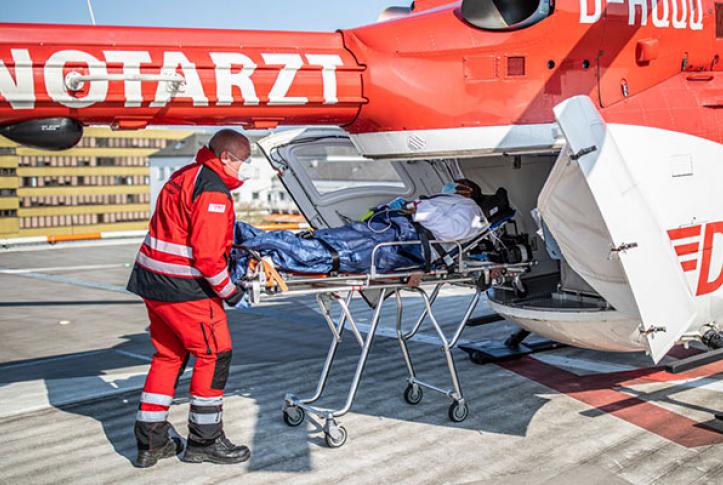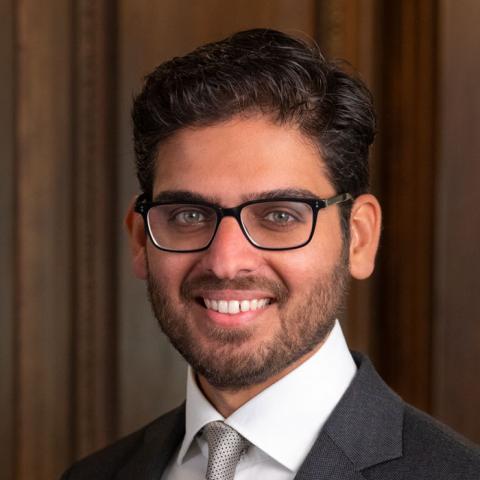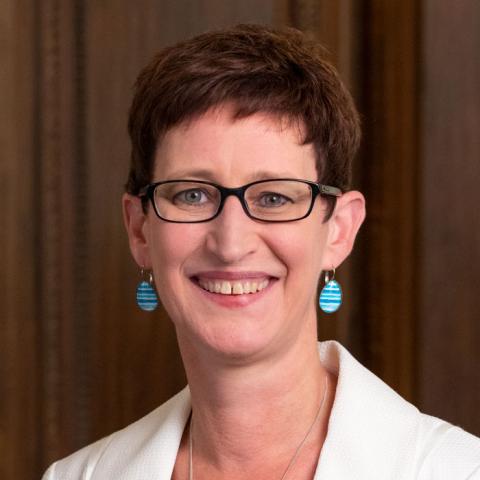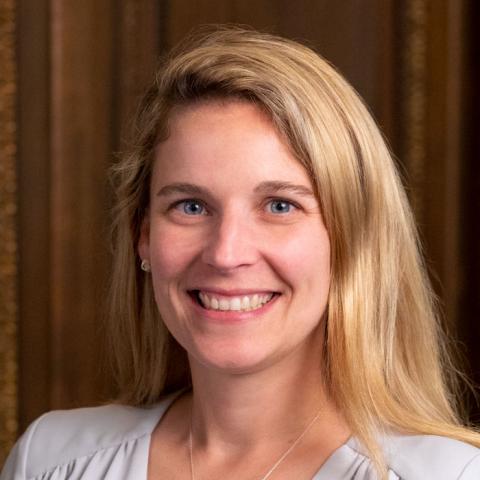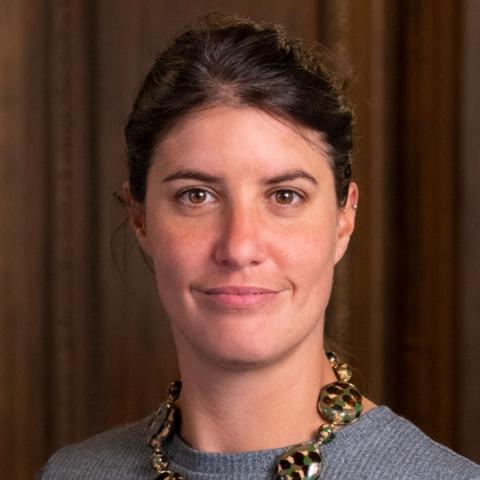Image caption: 68-year-old recovered corona patient Mohammed S. is transported into a helicopter by an employee of the DRF Luftrettung. Two healthy corona patients from France were flown back to Metz on April 17, 2020. (Photo: Marcel Kusch/picture alliance via Getty Images)
U.S. policymakers and health care leaders are looking for effective strategies to curtail the COVID-19 pandemic; they may well learn from innovative strategies used in other countries. Working this year in the United States as Commonwealth Fund Harkness Fellows, we have tracked the response efforts in our home countries of Canada, France, the Netherlands, Norway, and the United Kingdom while watching the pandemic unfold in the U.S. In this post, we share some of these strategies.
Stronger, Resilient Hospitals
Governments and the private sector have adopted different strategies to expand the supply of health care workers. We think the U.S. has ample opportunity here: It could tap into the enormous pool of foreign-trained and -certified physicians and nurses who live in the U.S. but are not eligible to practice because they lack board certification. By easing eligibility criteria, the U.S. could readily deploy highly skilled clinicians who are allowed to work almost anywhere in the world.
Our countries are also innovatively working to create additional hospital bed capacity. For example, to relieve overwhelmed hospitals, France is transferring COVID-19 patients via high-speed train to Germany. The U.S. is currently transferring health care workers across states. Somewhat similarly, hospitals in less overwhelmed states could relieve overwhelmed states by taking their patients, if travel time is not onerous.
To build up supply of ventilators and personal protective equipment (PPE), hospitals in European countries are partnering with local companies to develop innovative solutions. For example, Italian, French, and Dutch start-ups collaborated with a large sportswear retailer and hospitals to convert snorkel masks into ventilator masks. This innovation is currently being tested in ICUs in different countries. Bauer, a hockey mask company, has transformed its plant near Montreal to manufacture protective masks. Dutch hospitals are now using a smart patch with sensors to measure COVID-19 patients’ vital signs so nurses can enter their rooms less frequently and reduce their exposure and use of PPE.
Detecting the Virus in Wastewater
The Netherlands plans to start community testing by analyzing wastewater to identify RNA traces of the coronavirus in sewage systems. Not only does this approach allow for testing of many people simultaneously, it also may help detect an outbreak before symptomatic cases arise, as RNA traces can be detected within three days of infection. This approach could serve as an early-warning system. Although this approach does not provide a way to identify infected individuals, it does allow for regionalized social distancing measures or stay-at-home orders to contain local outbreaks. There is extensive experience with this approach for effectively detecting the virus that causes polio.
Digital Surveillance Technologies
Some countries have started using technology to track people’s movements and help promote social distancing. In the Netherlands, police use surveillance drones to identify group formation in public spaces. Now the government is also considering using aggregated, anonymized mobile phone data to augment that effort. Early data from China suggests these approaches might be effective. Currently, the police in the U.S. and in other countries use traditional surveillance techniques to enforce social distancing, but this is resource-intensive and less likely to be effective.
Other countries are considering a different technological approach: having people use tracking apps on mobile phones to monitor the virus spread. In Norway, an app developed by a public–private initiative will soon be available, as the country discusses easing restrictions. This voluntary app uses mobile phone data to track movements of those who tested positive and alerts people who might have been in touch with them so they can self-quarantine. Denmark, the Netherlands, and France might follow the Norwegian strategy soon. A Science report found a similar app in China was effective in containing the virus spread but suggested that 60 percent or more of the population is required to use it — and in addition, there must be proper testing capacity — for it to be effective.
In the U.S., Apple and Google recently published a white paper outlining plans to develop a similar tracking app. Although these tracking approaches raise some privacy concerns, growing pressure to open the U.S. economy while also protecting Americans could make them worth considering. It is unclear how to best maximize use — through incentives or a mandate, which could be difficult to enforce.
Vetting and Adopting International Strategies
Although strategies from other countries seem promising, it is important that we develop a better understanding of their effectiveness, scalability, and underlying drivers. Through continued international collaboration, we can share the lessons learned and promote adoption across countries.
Innovative Strategies for Improving COVID-19 Response in the United States
